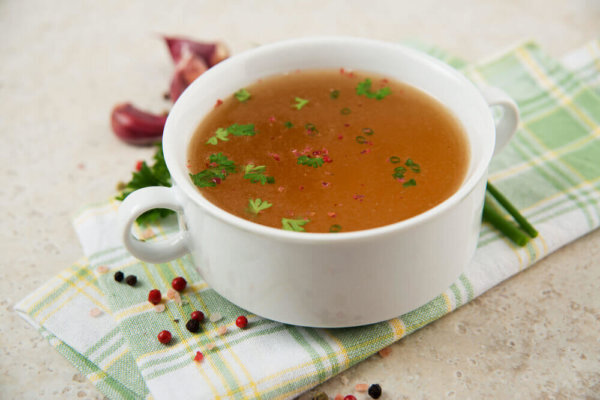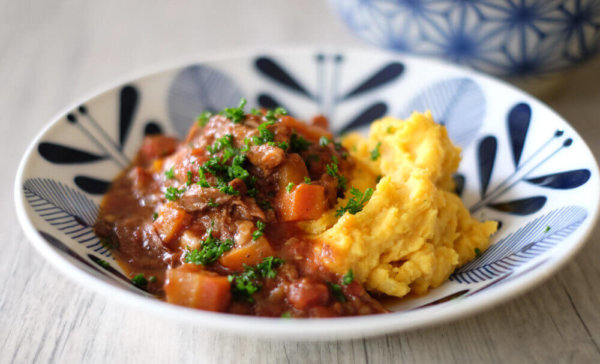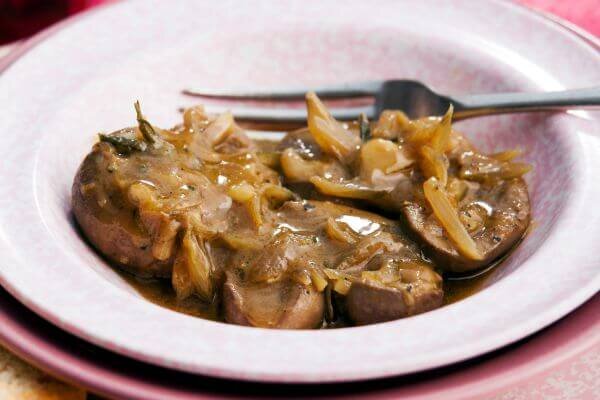Nose to Tail: 8 reasons why you should eat offal
Love Food Hate Waste has provided us with a great summary of eight reasons you should seriously consider nose-to-tail eating. One of the reasons is of course reducing food waste.
With 8% of our global greenhouse gas emissions being attributed to food loss or waste, it is certainly another way we can actively change up our lifestyles and do our part. Reducing food waste is ranked as the third-best global solution in addressing climate change.
It is true that little goes to waste from an animal carcass – any butcher can tell you this. The most recent 2020 figures from the Meat Industries Association of New Zealand shows that 91,225 tonnes of offal (organ meats) and tripe was exported to 64 different markets, with a value of $475 million. Exports of these products were largely unaffected by Covid-19, while the volume of exports decreased by 1% compared to 2019, the value increased by 2% - it seems other countries appreciate our offal more than we do. Our main markets, China, Korea, Japan, United States, Hong Kong, United Kingdom, and Indonesia all take a mix of different products. We’re hoping our nose-to-tail campaign will enlighten Kiwi’s to the value of these lesser-used parts of the animal.
Head to Love Food Hate Waste to learn more about nose-to-tail eating and ways to reduce food waste.
Nose to Tail: 8 reasons why you should eat offal
The only part of a pig you can’t eat is the squeal – or at least that’s what Nose to Tail advocates believe.
What is Nose to Tail eating?
Nose to Tail is about eating all edible parts of the animal, from the head to the tail, including the organ meats, otherwise known as offal.
This isn’t a new idea. In our grandparents’ generation all parts of an animal were valued and eating liver was as normal as eating mince. In other cultures, animal parts which we scorn are highly prized – the Chinese eat chicken feet, the Scots love their haggis and Italians are passionate about tripe!
For many of us, the thought of eating offal makes us queasy. Yet offal is not only edible, it is also delicious, nutritious, cheap and good for the environment.
Here are 8 reasons why you should go the whole hog and embrace Nose to Tail eating.
1. Out of respect for the animal
When we kill an animal for eating, we owe it to that animal to eat all of it, not just parts of it.
“I believe it’s really important that we respect the life that we have taken in order to eat meat, so we should eat every part of it,” said MacLean Fraser, executive chef at Bolton Hotel, keen hunter and Nose to Tail advocate.
“It makes no sense to me whatsoever that we eat some parts of the animal and not others.
“Fundamentally there is no magical difference between any different cut of meat. With offal there are textural and flavour differences (that can actually be preferable depending on how they are used) and it is only people’s pre-conceived ideas about what is “good” and “bad” that stops people from even trying things that aren’t normal.”
2. The environmental impact of raising animals
It is no secret that raising animals takes a large toll on the environment. They require more resources such as water, fuel, and land to grow than plant-based diets, and animals like cattle and sheep are the largest contributors to New Zealand’s greenhouse gas emissions. If you are a meat eater, then you should try to eat as much of the animal as possible.
3. It’s cheap
Offal cuts are cheap – with many retailing for less than $10 a kilogram. When you compare that to the cost of beef steak at $20 a kilo or rack of lamb at $30 your wallet will thank you.
4. It’s nutritious
Offal is good for you, with each organ packing a powerful nutrient punch. Liver is the true superfood, containing more nutrients, gram for gram, than any other food. Different types of offal provide different nutrients, but they all contain protein, B-Vitamins, Vitamin E and potassium. Try our bone broth recipe.
5. It’s delicious
Whilst taste is, of course, subjective, offal is delicious. Think of a beautiful smooth pâté, a warming steak and kidney pie or a hearty oxtail soup. There’s a reason that so many restaurants serve offal, and that’s because – when it is cooked correctly – it is a truly delicious food.
6. It helps reduce food waste
Most offal produced in New Zealand is well-utilised by meat companies, who exported 91,573 tonnes of edible offal in 2016. However, there are bits that go to waste – namely the meat in the supermarkets that people don’t buy or the remains from a home kill or hunting trip that get shunned.
7. To challenge the norm
Offal can often be hard to find in supermarkets in New Zealand – it isn’t always stocked due to lack of demand so we have become accustomed to thinking that offal is unusual.
MacLean Fraser loves to feature it in his menus to challenge what people think is normal.
“Some people turn their noses up at beef cheeks (which are absolutely delicious by the way!) because it’s from the cow’s face but will happily eat rump steak or oxtail, which is right next to the cow’s bum! It doesn’t make sense to me, so I encourage everyone to learn about where their food comes from because if we understand that then we are less likely to waste meat and will hopefully be more willing to give different cuts a go.”
8. You already are
You may not realise it, but every time you tuck into a sausage, you are eating offal. The casing holding your snag together is made from intestines, which holds the meat together.
Let’s put offal back on the menu. Check out our beginner’s guide to eating Nose to Tail.





